Tires are more than just rubber circles—they are the vital connection between your vehicle and the road. Whether you’re swapping out winter wheels for summer tires or tucking away a spare set, how you store them can significantly impact their lifespan and performance. Proper tire storage isn’t just about finding a spot in the garage; it’s a careful balance of environment, positioning, and protection. In this article, we’ll explore practical, straightforward steps to ensure your tires stay in peak condition until they’re ready to roll again.
Table of Contents
- Understanding the Importance of Proper Tire Storage
- Choosing the Right Environment for Tire Preservation
- Preparing Tires Before Long Term Storage
- Optimal Positioning and Stacking Techniques for Tires
- Essential Tools and Materials to Protect Your Tires
- Tips for Regular Inspection and Maintenance During Storage
- Q&A
- The Conclusion
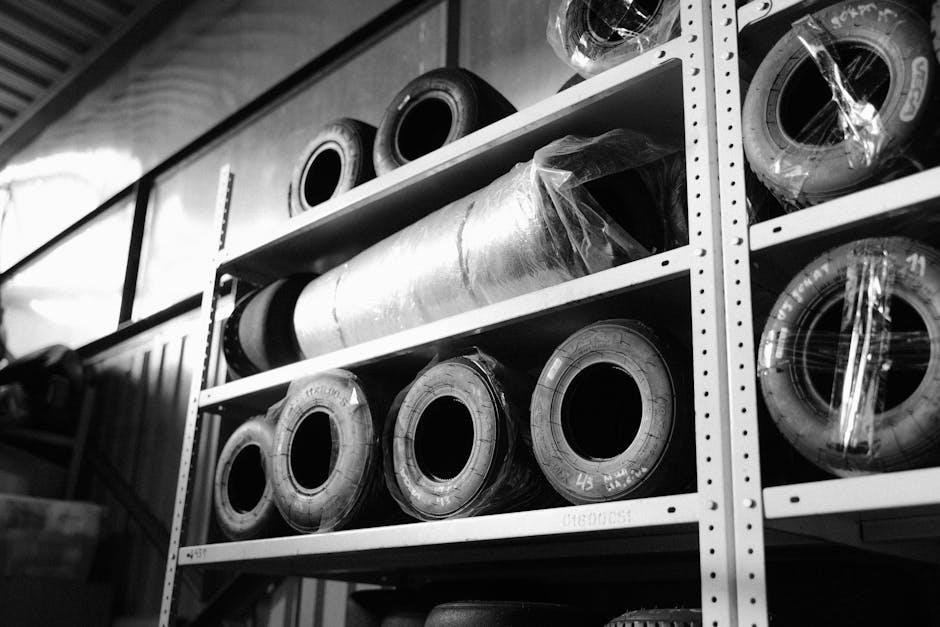
Understanding the Importance of Proper Tire Storage
Proper tire storage is more than just a convenience—it’s a critical factor in ensuring your tires maintain their performance and longevity. Tires stored incorrectly can develop cracks, lose air pressure, and even experience uneven wear, which ultimately compromises safety on the road. When tires are kept in favorable conditions, such as a cool, dry place away from direct sunlight and ozone sources, the rubber compounds retain their elasticity and integrity. This means your investment stays protected, and your vehicle continues to run smoothly without unexpected tire-related issues.
To maximize tire lifespan during storage, consider these key points: keeping tires clean and dry, avoiding stacking heavy objects on top, and storing them upright when possible. Additionally, temperature fluctuations and high humidity can accelerate deterioration, so aim for a consistent climate-controlled environment. Here is a quick reference to ideal storage conditions:
| Condition | Recommended Range |
|---|---|
| Temperature | 10°C – 25°C (50°F – 77°F) |
| Humidity | Less than 60% |
| Light Exposure | Minimal (Avoid direct sunlight) |
| Ozone Sources | None (Avoid electric motors, welding equipment) |
By adhering to these guidelines, you not only preserve tire quality but also contribute to safer drives and increased cost efficiency over time.
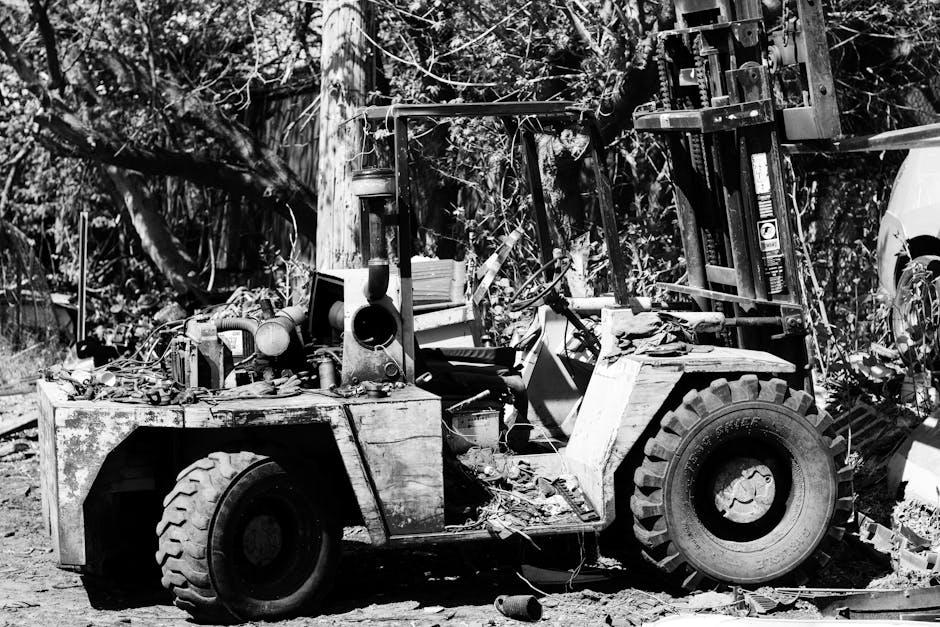
Choosing the Right Environment for Tire Preservation
When preserving tires, the environment in which they are stored plays a crucial role in maintaining their integrity. Tires should be kept in a cool, dry space away from direct sunlight and extreme temperatures. UV rays can cause the rubber to crack and degrade, while excessive heat accelerates the aging process. Opt for a climate-controlled area such as a basement or a storage room that maintains a consistent temperature to prevent premature wear and distortion.
Additionally, consider the following environmental factors to ensure optimal tire health:
- Humidity: Keep humidity low to avoid moisture buildup, which can lead to mold and corrosion on the steel belts inside the tires.
- Air circulation: Ensure proper ventilation to prevent stale air that might carry harmful chemicals or odors.
- Surface type: Store tires on a clean, dry surface, preferably raised off the floor to avoid contact with oil, solvents, or other substances that can deteriorate rubber.
| Environment Factor | Recommended Condition | Impact on Tire |
|---|---|---|
| Temperature | 10°C – 25°C (50°F – 77°F) | Prevents rubber breakdown and keeps tire flexibility |
| Humidity | 40% – 60% | Reduces risk of mold and corrosion |
| Light Exposure | Avoid direct sunlight | Prevents UV damage and cracking |
| Surface | Dry, clean, raised platform | Protects from chemical and moisture damage |

Preparing Tires Before Long Term Storage
Before storing tires for an extended period, it’s crucial to give them a thorough cleaning to remove all dirt, brake dust, and road grime. Use a gentle detergent and water, scrubbing carefully to avoid damaging the rubber. Dry the tires completely to prevent any moisture buildup, which can lead to mold or accelerated rubber deterioration. Checking for any existing damage such as cracks, bulges, or embedded objects will save time later and ensure only viable tires go into storage.
Once cleaned, protect the tires further by applying a tire dressing free from petroleum or silicone, which helps maintain the rubber’s flexibility. To avoid deformation, keep tires upright or stacked with a barrier like cardboard between them. Store them in a cool, dark environment—ideally away from direct sunlight, heat sources, and ozone-generating appliances like electric motors. Here’s a simple checklist to prepare your tires:
- Clean thoroughly with mild soap and water
- Dry completely to prevent moisture damage
- Inspect for damage and remove any debris
- Apply protective tire dressing safe for rubber
- Store tires vertically or stacked with separators
- Keep in a cool, dark place with stable temperature
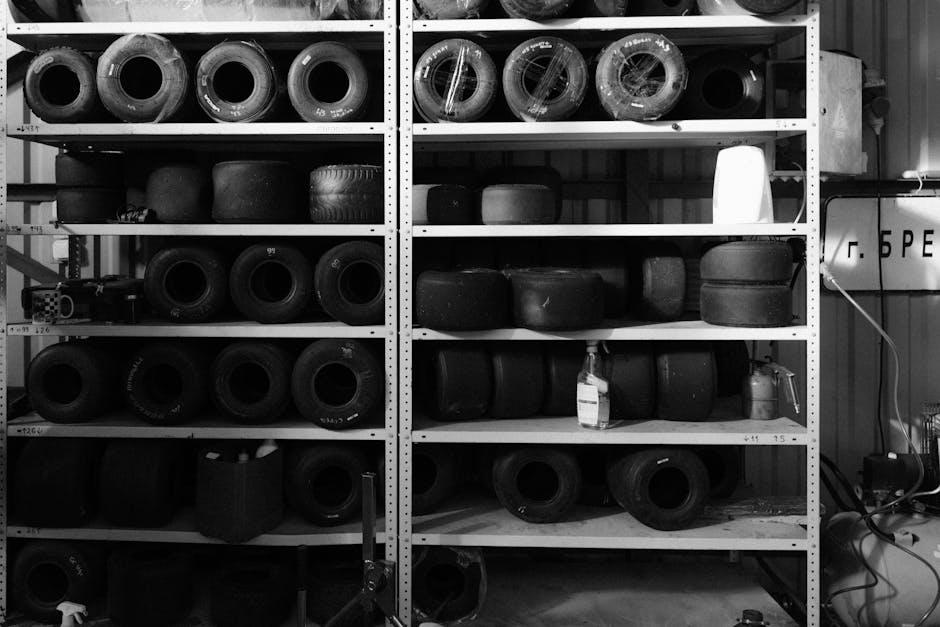
Optimal Positioning and Stacking Techniques for Tires
When arranging your tires for storage, maintaining their shape and integrity is crucial to prevent damage. Tires with rims should ideally be hung or stacked vertically to avoid deformation. This keeps the tires evenly supported and reduces strain on the sidewalls. In contrast, tires without rims should be stored upright and rotated every few weeks to avoid flat spots. Avoid stacking them too high, as excessive pressure from weight can cause structural damage or warping over time.
Consider this practical guide to positioning tires based on their type:
| Type of Tire | Optimal Position | Key Technique |
|---|---|---|
| With Rims | Vertical or Hanging | Rotate regularly to preserve shape |
| Without Rims | Upright, not stacked | Rotate every few weeks |
| Winter Tires | Horizontal stack, flat surface | Do not compress layers too tightly |
- Use tire racks or hooks to minimize contact points and allow airflow.
- Avoid stacking tires horizontally for long periods without protection to prevent distortion.
- Cover tires with breathable fabric to shield from dust and sunlight without trapping moisture.
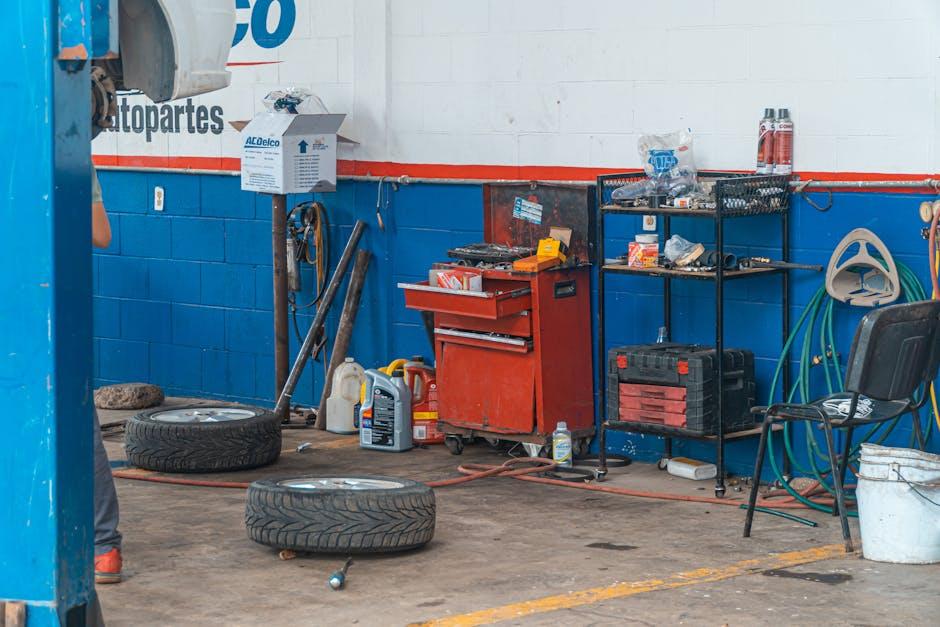
Essential Tools and Materials to Protect Your Tires
To ensure your tires remain in optimal condition during storage, having the right gear is crucial. Start with a set of tire bags specifically designed to protect against moisture, dirt, and UV rays. These bags shield the tire’s rubber from drying out or cracking over time, significantly extending their lifespan. Additionally, cleaning brushes and mild soap should be part of your toolkit to thoroughly clean tires before storage, removing residues that could otherwise degrade the material.
Beyond protection and cleaning, consider using tire stands or racks to keep your tires off the ground, preventing uneven pressure and deformation. For those storing tires in colder or damp environments, a dehumidifier can help maintain the right atmosphere, combating moisture buildup. Below is a simple overview of essential items:
| Tool/Material | Purpose |
|---|---|
| Tire Bags | Protection from UV, dirt, and moisture |
| Cleaning Brushes & Soap | Remove dirt and grime before storage |
| Tire Racks or Stands | Prevents deformation by off-ground storage |
| Dehumidifier | Controls humidity to avoid moisture damage |
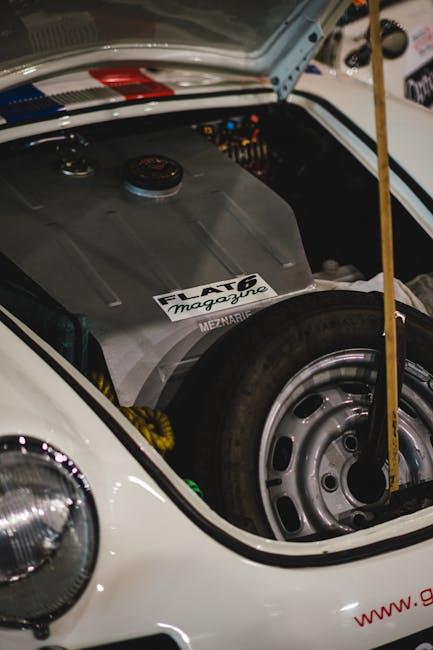
Tips for Regular Inspection and Maintenance During Storage
Maintaining tires while in storage is crucial to ensure their longevity and performance when you’re ready to use them again. Regularly check for any visible signs of deterioration, such as cracks, bulges, or unusual discoloration. Keeping tires out of direct sunlight and fluctuating temperatures minimizes premature aging. A quick monthly inspection can save you from costly replacements down the road—look for embedded debris or pressure loss if they are mounted on rims.
In addition to visual checks, it’s important to rotate the position of stored tires every few weeks to prevent flat spots from developing. Use protective covers or air-tight bags to shield tires from moisture and dust build-up, which can degrade the rubber compounds over time. Here’s a simple guideline table to keep your inspection routine effective:
| Inspection Item | Frequency | Action Required |
|---|---|---|
| Visual surface check | Monthly | Clean & remove debris |
| Pressure (if mounted) | Monthly | Reinflate to recommended level |
| Position rotation | Every 4 weeks | Flip or rotate tires |
Q&A
Q: Why is it important to store tires properly?
A: Proper tire storage helps maintain their shape, performance, and safety. Tires that are poorly stored can develop cracks, lose elasticity, or become misshapen, leading to premature wear or even failure when in use.
Q: What’s the best environment for storing tires?
A: Tires should be kept in a cool, dry, and dark place, away from direct sunlight, heat sources, and ozone-producing equipment like electric motors. Exposure to UV rays and heat accelerates the aging process and degrades the rubber.
Q: Should tires be cleaned before storing?
A: Absolutely! Wash off dirt, grime, and brake dust with mild soap and water, then dry the tires thoroughly. This prevents corrosion on metal rims and helps safeguard the rubber from contaminants.
Q: Is it better to store tires on or off the rims?
A: Both approaches are viable, but storage methods differ. Tires off rims should be stored upright and rotated occasionally to avoid flat spots. Tires on rims can be stacked flat, but avoid piling too many to prevent deformation.
Q: How can I prevent tires from losing shape during storage?
A: For tires off rims, stand them upright on a clean surface and move them slightly every couple of weeks. Using tire racks helps too. If storing on rims, stacking them no more than four high minimizes pressure damage.
Q: Can I store tires outside if I cover them?
A: It’s not ideal. Even with a cover, outdoor elements like temperature swings, moisture, and UV light can damage tires over time. Indoor storage is strongly recommended to prolong tire life.
Q: How long can I store tires before it affects performance?
A: Tire rubber naturally degrades regardless of use. Manufacturers usually advise replacing tires older than six years, even if tread depth looks sufficient. Proper storage can help extend that timeline closer to the maximum span.
Q: What materials should I avoid when storing tires?
A: Avoid placing tires on concrete or asphalt directly, as these surfaces can leach chemicals that deteriorate rubber. Instead, use wood pallets, plastic sheets, or tire racks as a protective barrier.
Q: Can improper storage cause safety issues?
A: Yes. Tires that develop cracks, dryness, or deformities from poor storage can compromise vehicle handling and increase risks of blowouts. Proper storage is a simple but crucial step to maintaining safe tires.
Q: Any quick tips to remember for tire storage?
A: Keep tires clean, store them upright if off rims, use a cool and dark environment, avoid stacking too high, and check on them periodically. Treat your tires like a fine piece of equipment—they deserve care even when they’re off the road!
The Conclusion
Properly storing your tires isn’t just a matter of tidiness—it’s a way to extend their life, ensure your safety, and get the most value out of your investment. By following simple steps like cleaning, drying, and choosing the right environment, you can protect your tires from damage and degradation during those months off the road. So, embrace these storage strategies, and when it’s time to hit the pavement again, your tires will be ready to perform at their best, mile after mile.


2 Comments
35k96e
35k96e